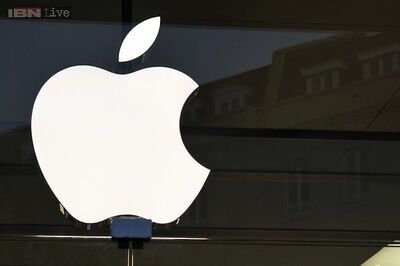
views
New York: Intel Corp. said that PCs with chips from its new generation of processors, featuring a revolutionary design, will be available this week.
The new generation, code-named "Ivy Bridge," is the first to be made with a 3-D structure. Miniature fins jut out of the plane of the chip, letting Intel cram more features into the same space. That means the chips can be faster while consuming less power.
Analysts have called it one of the most significant developments in silicon transistor design since the integrated circuit was invented in the 1950s. In terms of manufacturing technology, it puts Intel two to three years ahead of the competition, said Romit Shah at Nomura Securities.
The first chips off the production line are destined for powerful desktop computers. Intel hopes to have them in laptop computers in time for the "back to school" shopping season. CEO Paul Otellini said he expects "Ivy Bridge" to account for 50 percent of Intel processor shipments by the fall.
The "Ivy Bridge" chips are the first to be made with 22-nanometer-sized features, down from 32 nanometers. Smaller features mean more transistors, or working parts, can be squeezed into the same area. That means a chip can be smaller and faster.
The new chips also come with improved 3-D graphics performance, which could reduce the reliance on add-in graphics chips for gaming.
The launch of Ivy Bridge was delayed for about three weeks, Intel said, because it wanted to be sure it had enough units on hand for the launch.
Separately, the first phone with an Intel processor went on sale Monday in India. It's made by local phone manufacturer Lava International Ltd. Intel, which is based in Santa Clara, California, has also struck deals with Lenovo Corp. and Motorola Mobility Holdings Inc. to have them make phones with Intel chips.
The phone chips aren't part of the Ivy Bridge generation, but they also demonstrate reductions in power consumption. Intel's chips are powerful compared to standard phone chips, but high battery drain has kept them out of phones until now.



















Comments
0 comment